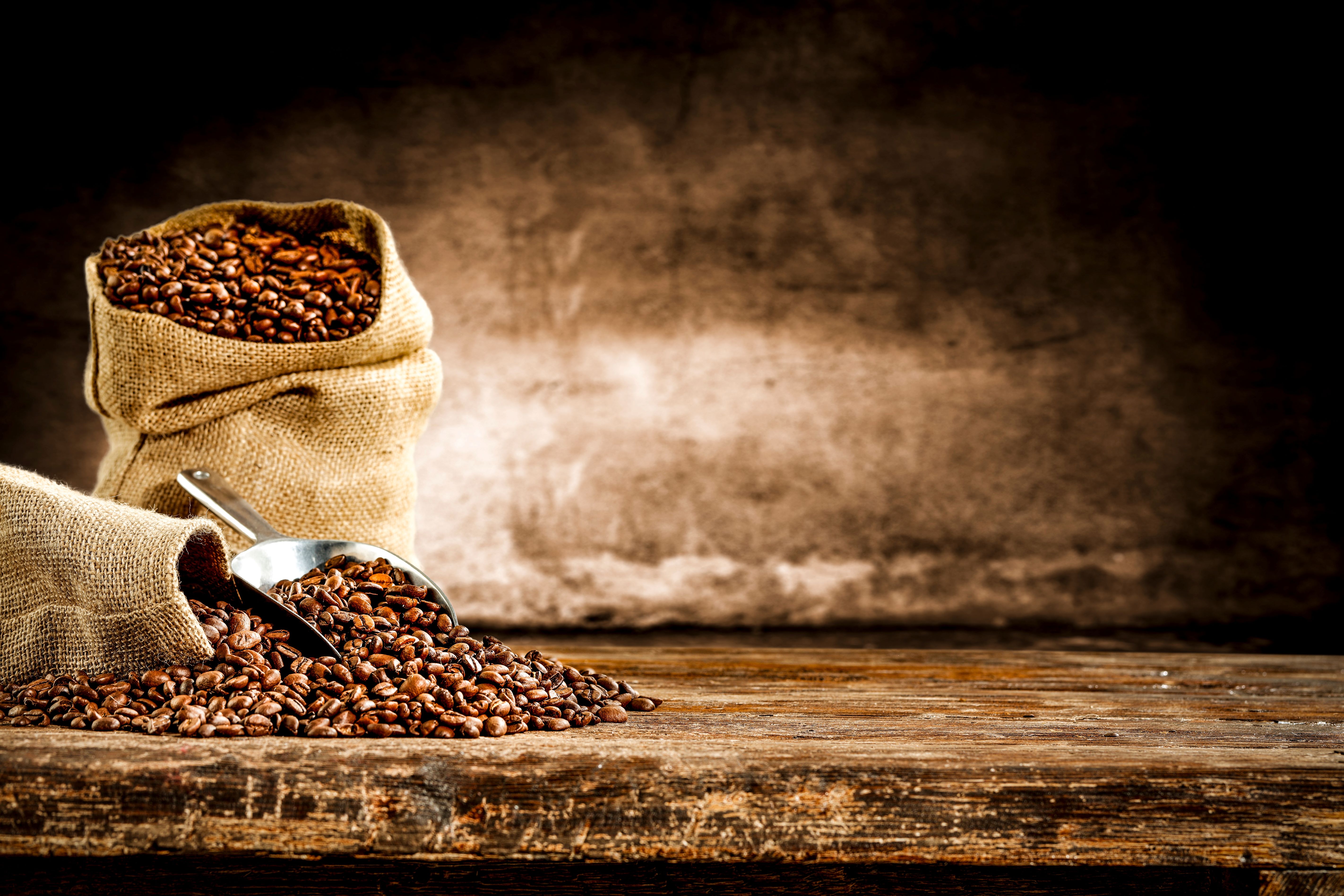
The IOE&IT Daily Bulletin’s series on the trade of global commodities continues. This week, we explore the true energy source for many of us: coffee beans.
Coffee is one of the most traded commodities in the world, with massive global consumption rates and rising demands for luxury coffee exports, such as the renowned Jamaican Blue Mountain beans.
Coinciding with this boom in demand is the rising cost of coffee over the last few years, driven by the covid pandemic, rising raw material prices and supply chain delays, as well as the continued impact of climate change.
Rising prices
In 2021, the price of coffee rose 30% and in the next few years, prices are expected to double again, reports Benzinga.
Futures in arabica coffee – the most popular type of beans – had fallen sharply since rising to a multi-decade high last year, which usually pre-empts a drop in prices for the consumer.
These futures had previously reached a decade high in February 2022 on lower-than-expected output by Brazil and Colombia caused by environmental and shipping disruptions.
Prices have fallen almost 40% since then, pressured by previous speculations of a record arabica yield for Brazil in 2023.
Not just the beans
The coffee economy must factor in high costs for labour, energy and packaging which are taking a toll on company margins and keeping prices elevated, reports Bloomberg.
If bean prices fall, the resulting cost-saving is not necessarily being passed onto the consumer.
Trader Volcafe says the world is also expected to face a third straight year of coffee shortage after demand in the current season is seen as outstripping supply by 4.5m bags.
Investing.com reports Volcafe analysis of the market: “We expect the tightest period to begin from August 2023 and continue into 2024, with global stocks, especially robusta, falling to record lows.”
Volcafe cut its Brazil 2023-24 arabica coffee production estimate to 40.5m bags from a July forecast of 49.8m because of weak flower blossoms on coffee trees in the Minas Gerais coffee-growing region, reports Trading Economics.
As Brazil is the world’s largest exporter of coffee, any decisions made by the South American giant are likely to have an impact on other countries.
Disappearing from shelves
The UK could soon be facing its own shortage, according to MyLondon, as weather and labour costs hit South and Central American nations.
This is in addition to the UK’s current issues with sourcing certain fresh products.
As part of ‘Fairtrade Fortnight’ – running from 27 February to 12 March – the Fairtrade Foundation is warning that coffee, as well as other food products like bananas and cocoa, could becoming increasingly scarce and hard to obtain.
In its report, the organisation warns that up to a quarter of the land used to produced the UK’s imported coffee is at risk to the impacts of climate change.
Diversify
Relying so heavily on just two of the world’s 124 coffee species – arabica and robusta – for 99% of global coffee production is starting to look foolhardy, according to Wired.
Coffee plantations coming under increased pressure from diseases, drought, and poor growing conditions.
Producers are starting to look at a new variety of coffee, liberica, which is more resistant to disease and lower temperatures. But its taste can be off putting unless it is processed properly.
Slowing inflation hasn’t brought relief for consumers with prices still well above where they were a year ago.
Although commodity and freight costs are falling, costs won’t immediately trickle down to consumers, as supplier contracts set prices for months in advance, reports CNBC.
Stability coming
Dutch Bros. Coffee CEO Joth Ricci said that most coffee businesses hedge their prices 6 to 12 months in advance. He predicts coffee chains’ pricing could stabilise as early as the middle of 2023 and as late as the end of 2024.
According to the ICO, world coffee exports amounted to 10.88 million bags in December 2022, compared with 11.89 million in December 2021.
Exports in the first three months of 2022/23 (October/22 to December/22) decreased by 2.8% to 30.27 million bags compared to 31.14 million bags in the same period in 2021/22.
In the twelve months ending December 2022, exports of Arabica totalled 79.67 million bags compared to 80.58 million bags last year; whereas Robusta exports amounted to 48.29 million bags compared to 48.28 million bags.



